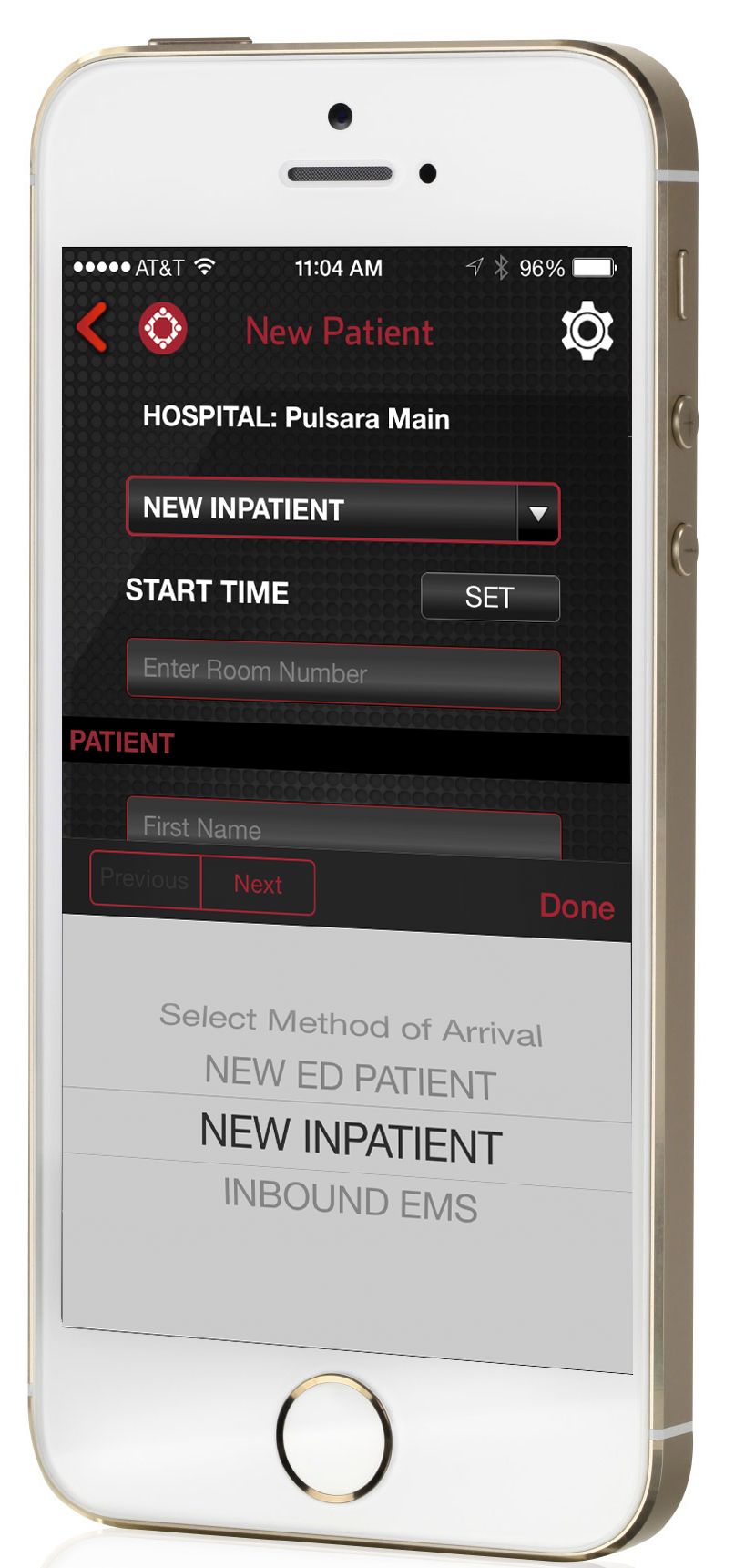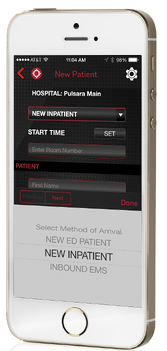When Every Second Counts
How Metropolitan EMS and Baptist Health Medical Center worked together to achieve a remarkable outcome for one stroke patient When a woman in Little...
1 min read
 Hannah Ostrem
:
Feb 24, 2015
Hannah Ostrem
:
Feb 24, 2015



How Metropolitan EMS and Baptist Health Medical Center worked together to achieve a remarkable outcome for one stroke patient When a woman in Little...

UCHealth Memorial Hospital is Using Pulsara to Facilitate Feedback, Education, and Better Outcomes Across Organizations What if the future of...

May Recap May was our busiest month of the year so far. From EMS Week Conferences to Preparedness Summits to Stroke Symposiums, our teams were busy...